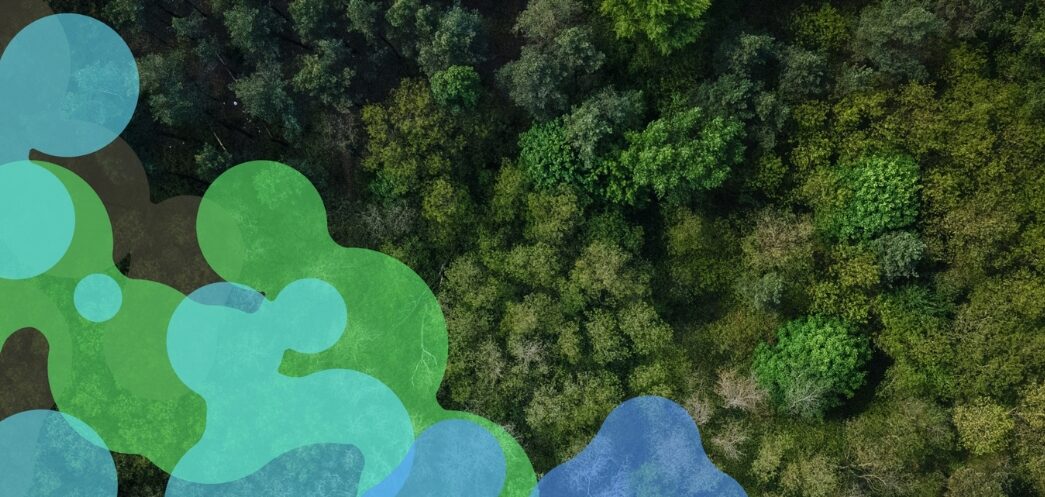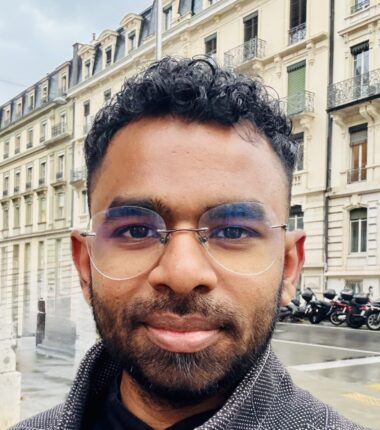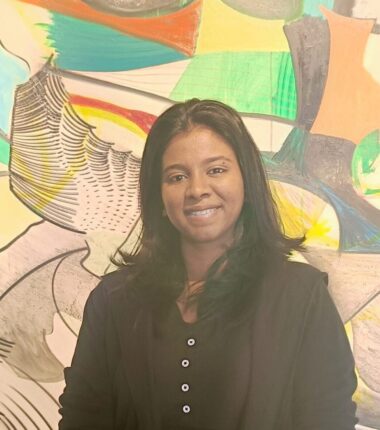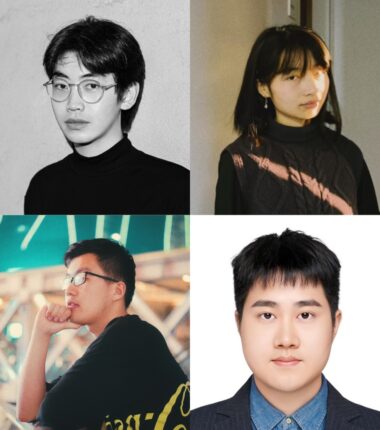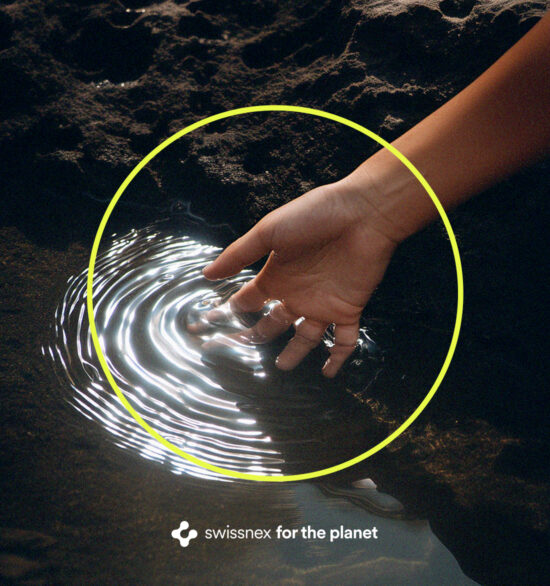Nature’s Avatars
"Nature’s Avatars" by Danilo Olivaz is an open-ended inquiry at the intersection of technology, art, and the different ways of being that exist in our world. It attempts to develop hybrid manifestations that can serve as an expression medium for beyond-human entities, understanding their sentience and rights to existence in our shared world.
